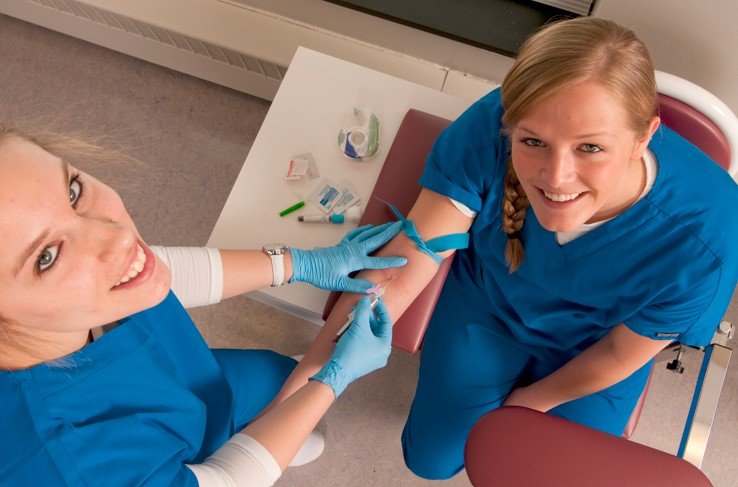Improving Hospital Supply and Equipment Management Processes: Recommendations from Home Care Conferences
Summary
- Hospitals in the United States can improve supply and equipment management processes by implementing recommendations discussed at home care conferences
- Streamlining procurement processes, implementing inventory management systems, and investing in training staff can help hospitals improve supply and equipment management
- Collaborating with vendors and other healthcare facilities can also help hospitals optimize their Supply Chain processes
Introduction
Hospitals in the United States are constantly looking for ways to improve their supply and equipment management processes. With the rising costs of healthcare and the increasing demand for quality care, it has become imperative for hospitals to optimize their Supply Chain operations. One way hospitals can do this is by aligning their practices with the recommendations discussed at home care conferences.
Challenges in Hospital Supply and Equipment Management
Before discussing how hospitals can improve their supply and equipment management processes, it is important to understand the challenges they face in this area. Some of the key challenges include:
1. Inefficient procurement processes
- Manual ordering processes that are time-consuming and prone to errors
- Lack of centralized purchasing systems leading to fragmented procurement practices
2. Poor inventory management
- Inaccurate inventory tracking leading to stockouts or overstocking
- Difficulty in tracking expiration dates of medical supplies
3. Limited staff training
- Lack of training on proper handling and usage of medical equipment
- Insufficient knowledge on best practices in Supply Chain management
Recommended Strategies for Improving Hospital Supply and Equipment Management
To address the challenges mentioned above and improve supply and equipment management processes, hospitals can implement the following strategies:
1. Streamline procurement processes
By streamlining procurement processes, hospitals can reduce costs, minimize errors, and improve efficiency. Some strategies to achieve this include:
- Implementing electronic ordering systems to automate the procurement process
- Centralizing purchasing functions to standardize procurement practices
2. Implement inventory management systems
Effective inventory management is essential for hospitals to ensure they have the right supplies at the right time. Some ways hospitals can improve inventory management include:
- Utilizing barcode scanning technology to track inventory levels
- Implementing a first-in-first-out (FIFO) system to manage stock rotation
3. Invest in staff training
Proper training of staff is crucial for ensuring the safe and efficient use of medical supplies and equipment. Hospitals can invest in staff training by:
- Providing regular training sessions on equipment handling and maintenance
- Offering courses on Supply Chain management best practices
4. Collaborate with vendors and other healthcare facilities
Collaborating with vendors and other healthcare facilities can help hospitals optimize their Supply Chain processes. Some benefits of collaboration include:
- Access to discounts and better pricing on medical supplies
- Sharing best practices and learning from the experiences of other organizations
Conclusion
Improving supply and equipment management processes is crucial for hospitals in the United States to provide high-quality care while controlling costs. By implementing the recommendations discussed at home care conferences, hospitals can streamline procurement processes, improve inventory management, invest in staff training, and collaborate with vendors and other healthcare facilities to optimize their Supply Chain operations.

Disclaimer: The content provided on this blog is for informational purposes only, reflecting the personal opinions and insights of the author(s) on the topics. The information provided should not be used for diagnosing or treating a health problem or disease, and those seeking personal medical advice should consult with a licensed physician. Always seek the advice of your doctor or other qualified health provider regarding a medical condition. Never disregard professional medical advice or delay in seeking it because of something you have read on this website. If you think you may have a medical emergency, call 911 or go to the nearest emergency room immediately. No physician-patient relationship is created by this web site or its use. No contributors to this web site make any representations, express or implied, with respect to the information provided herein or to its use. While we strive to share accurate and up-to-date information, we cannot guarantee the completeness, reliability, or accuracy of the content. The blog may also include links to external websites and resources for the convenience of our readers. Please note that linking to other sites does not imply endorsement of their content, practices, or services by us. Readers should use their discretion and judgment while exploring any external links and resources mentioned on this blog.
